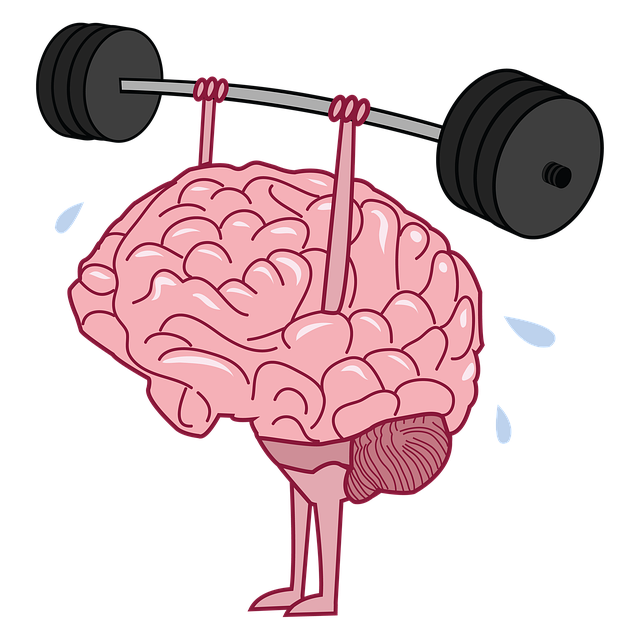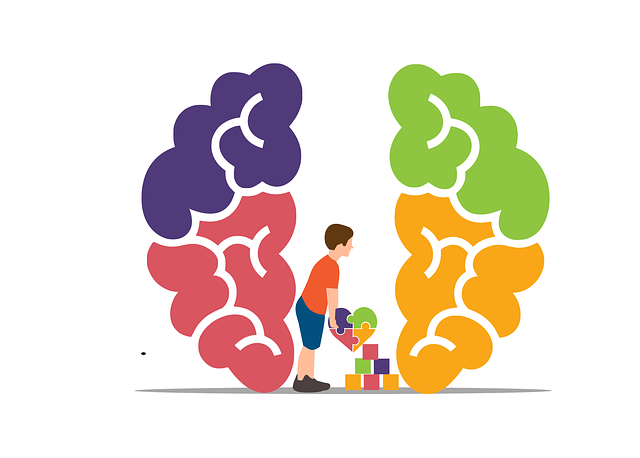Resilience is a powerful tool in mental health, aiding individuals to cope with stress. The Risk, Resilience, and Vulnerability Modeling (RFM) framework assists professionals in identifying vulnerabilities and strengths for tailored interventions, like individual therapy for superior phobias or public awareness campaigns. RFM facilitates proactive crisis prevention, improves resource allocation, and builds stronger communities. For specific phobias, the Resourceful Facilitation Method (RFM) offers structured conversations and exercises to explore triggers and develop coping strategies. The Community Outreach Program Implementation expands access to therapy through local partnerships. Building mental resilience through exercises creates safe environments for gradual exposure to crises, enhancing emotional intelligence and adaptability. Integrating RFM into therapy sessions significantly improves superior phobias treatment, with real-life success stories demonstrating its effectiveness in client outcomes and improved mental wellness.
“Unleash your inner strength and conquer fears with RFM—a revolutionary approach to phobia management. This article delves into the transformative power of Resilience, Flexibility, and Mobilization (RFM) exercises in building mental resilience. We explore how this technique identifies and addresses specific phobias, offering a comprehensive guide for therapists and individuals seeking superior phobia therapy. Discover effective exercise designs, practical implementation steps, and real-life success stories that highlight the profound impact of RFM on empowering individuals to overcome their fears.”
- Understanding RFM and Its Role in Resilience Building
- Identifying and Overcoming Specific Phobias with RFM
- Designing Effective Resilience Exercises for Mental Fortitude
- Integrating RFM into Therapy Sessions: A Step-by-Step Guide
- Real-Life Success Stories: The Impact of RFM on Phobia Management
Understanding RFM and Its Role in Resilience Building

Resilience is a key component of mental health and well-being, enabling individuals to overcome challenges and adapt to stressful situations. RFM (Risk, Resilience, and Vulnerability Modeling) is a framework that plays a pivotal role in understanding and fostering resilience. By conducting a risk assessment for mental health professionals, this approach identifies potential vulnerabilities and strengths within individuals or communities. This data informs tailored interventions and strategies to enhance resilience, which can range from individual therapy sessions focusing on superior phobias treatment to broader public awareness campaigns development.
The RFM model supports mental health professionals in implementing effective risk management planning. By thoroughly evaluating risks, they can design comprehensive programs that build upon individuals’ inherent resilience. This proactive approach not only mitigates potential crises but also empowers people to navigate life’s challenges with greater ease and confidence. It ensures that resources are allocated wisely, and support is provided where it matters most, ultimately contributing to stronger, more resilient communities.
Identifying and Overcoming Specific Phobias with RFM

Many individuals suffer from specific phobias that significantly impact their daily lives and well-being. Resourceful Facilitation Method (RFM), a powerful therapeutic approach, offers an innovative way to identify and overcome these fears. By engaging in structured conversations and exercises, mental health professionals can help clients explore the root causes of their phobias. This process involves delving into past experiences, identifying triggers, and developing coping strategies tailored to each individual’s unique needs.
The Community Outreach Program Implementation plays a crucial role in expanding access to such superior phobias therapy. Through collaborative efforts with local communities, mental health professionals can reach a broader audience, offering guidance on various resilience-building exercises, including Mental Wellness Journaling. This exercise empowers individuals to track their emotions, thoughts, and progress, fostering self-awareness and providing valuable insights for Risk Management Planning. With dedicated support and the right tools, those struggling with specific phobias can embark on a transformative journey towards overcoming their fears.
Designing Effective Resilience Exercises for Mental Fortitude

Building mental resilience through exercises is a powerful tool for navigating life’s challenges, especially those with superior phobias. The design of these exercises should focus on creating safe yet challenging environments to encourage growth. Effective resilience training involves exposing individuals to controlled, simulated crises, gradually increasing the intensity, similar to crisis intervention guidance. This process allows participants to develop coping strategies and enhance their emotional intelligence.
Mental health education programs that incorporate such exercises can empower individuals to manage stress, anxiety, or phobias more effectively. By learning to confront fears in a structured setting, people gain valuable insights into their mental fortitude and emotional responses. This approach, when coupled with regular practice, fosters adaptability, enabling individuals to better cope with unforeseen circumstances and promote overall well-being.
Integrating RFM into Therapy Sessions: A Step-by-Step Guide

Integrating RFM (Resilience, Flexibility, and Mastery) into therapy sessions can significantly enhance the effectiveness of Superior Phobias Therapy. Here’s a step-by-step guide to help therapists seamlessly incorporate these exercises:
1. Assess Client Readiness: Begin by evaluating your client’s current state of resilience and their willingness to engage in RFM practices. This step is crucial as it ensures that they are emotionally prepared for the journey ahead, fostering a safer and more supportive environment for phobia therapy.
2. Introduce RFM Concepts: Educate clients about the three pillars of RFM: Resilience, Flexibility, and Mastery. Explain how each component contributes to building emotional strength, adapting to challenges, and gaining control over fear. Emphasize that these skills are valuable tools to combat phobias and enhance overall well-being, promoting positive thinking and stress reduction methods.
3. Resilience Building: Encourage clients to confront their fears in a controlled manner, gradually exposing them to anxiety-provoking situations. This process helps build resilience by teaching individuals to recognize and manage their fear responses. Activities can include gradual exposure therapy, where clients face their phobias step-by-step, fostering confidence boosting techniques along the way.
4. Flexibility Exercises: Implement mindfulness practices and cognitive reframing techniques to promote flexibility. Mindfulness meditation helps individuals stay present and observe thoughts without judgment. Cognitive reframing encourages clients to challenge negative thought patterns, replacing them with more positive and realistic perspectives. These exercises empower clients to adapt to stressful situations more effectively.
5. Mastery Techniques: Teach specific skills like deep breathing exercises, progressive muscle relaxation, and visualization to help clients gain a sense of mastery over their fears. These tools enable individuals to self-regulate during anxiety episodes, providing them with a sense of control. Regular practice strengthens this mastery, leading to improved confidence in managing phobias.
Real-Life Success Stories: The Impact of RFM on Phobia Management

Real-Life Success Stories highlight the profound impact of RFM (Resilience, Flexibility, and Mastery) on managing and overcoming phobias. Many individuals who struggled with superior phobias have found relief through tailored RFM exercises integrated into their therapy regimens. These exercises promote resilience by equipping people with coping mechanisms to navigate fear-inducing situations, fostering flexibility in thinking and behavior, and instilling a sense of mastery over their fears.
By combining innovative RFM techniques with established phobia management strategies, mental wellness coaching programs have seen significant improvements in client outcomes. Effective communication strategies, a key component of these programs, play a pivotal role in helping individuals process their experiences, express their feelings, and understand their fears on a deeper level. This holistic approach to superior phobias therapy not only alleviates symptoms but also empowers individuals to lead more fulfilling lives by preventing burnout and enhancing overall mental wellness.
The implementation of RFM (Resilience, Flexibility, and Mastery) exercises proves to be a game-changer in phobia management. By combining these techniques with traditional therapy, individuals can experience significant improvements in their mental fortitude. As seen in numerous real-life success stories, RFM empowers folks to overcome superior phobias once thought untreatable. This step-by-step guide and the evidence presented offer a clear path forward for both therapists and those seeking relief, highlighting the power of resilience building exercises in transforming lives.














